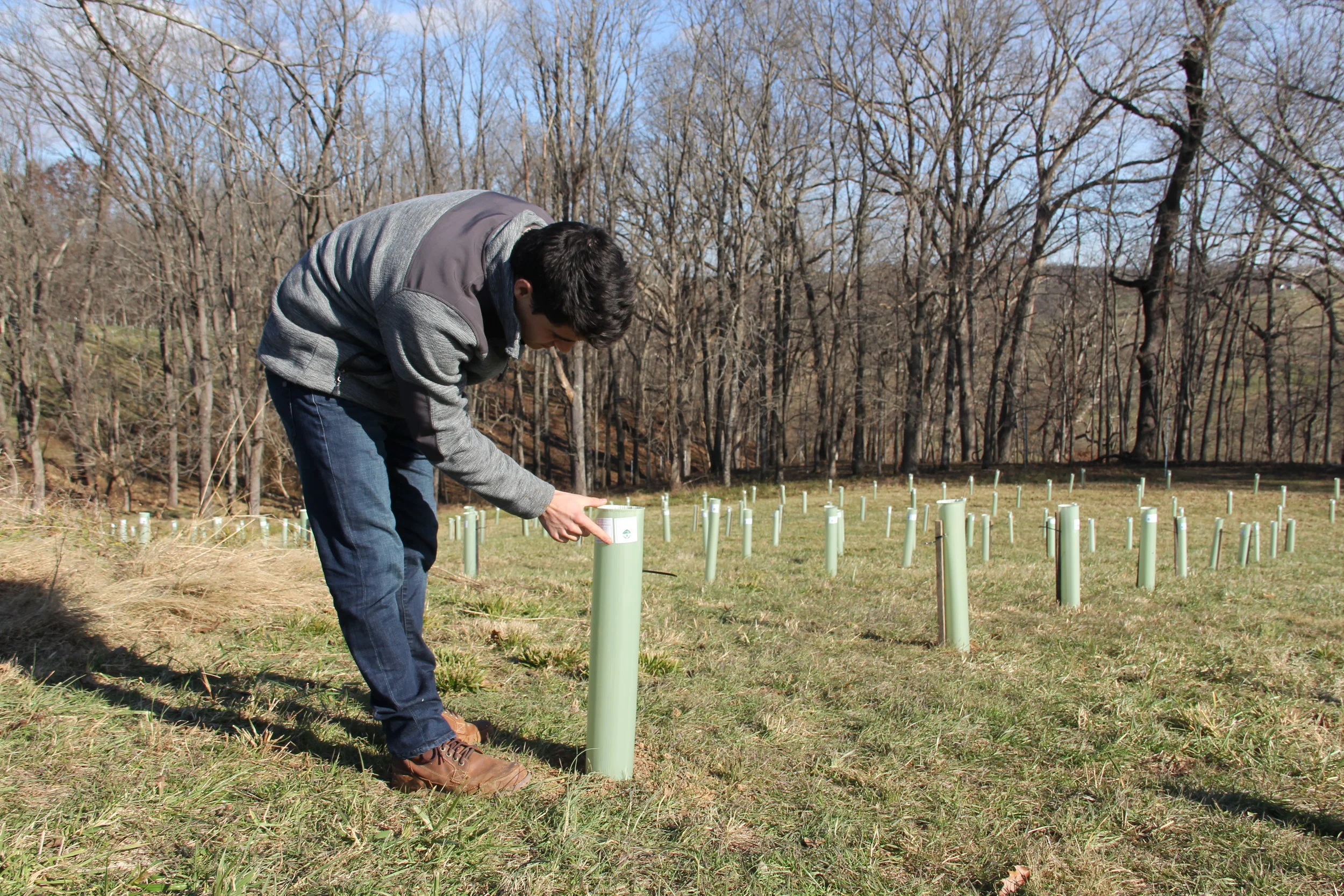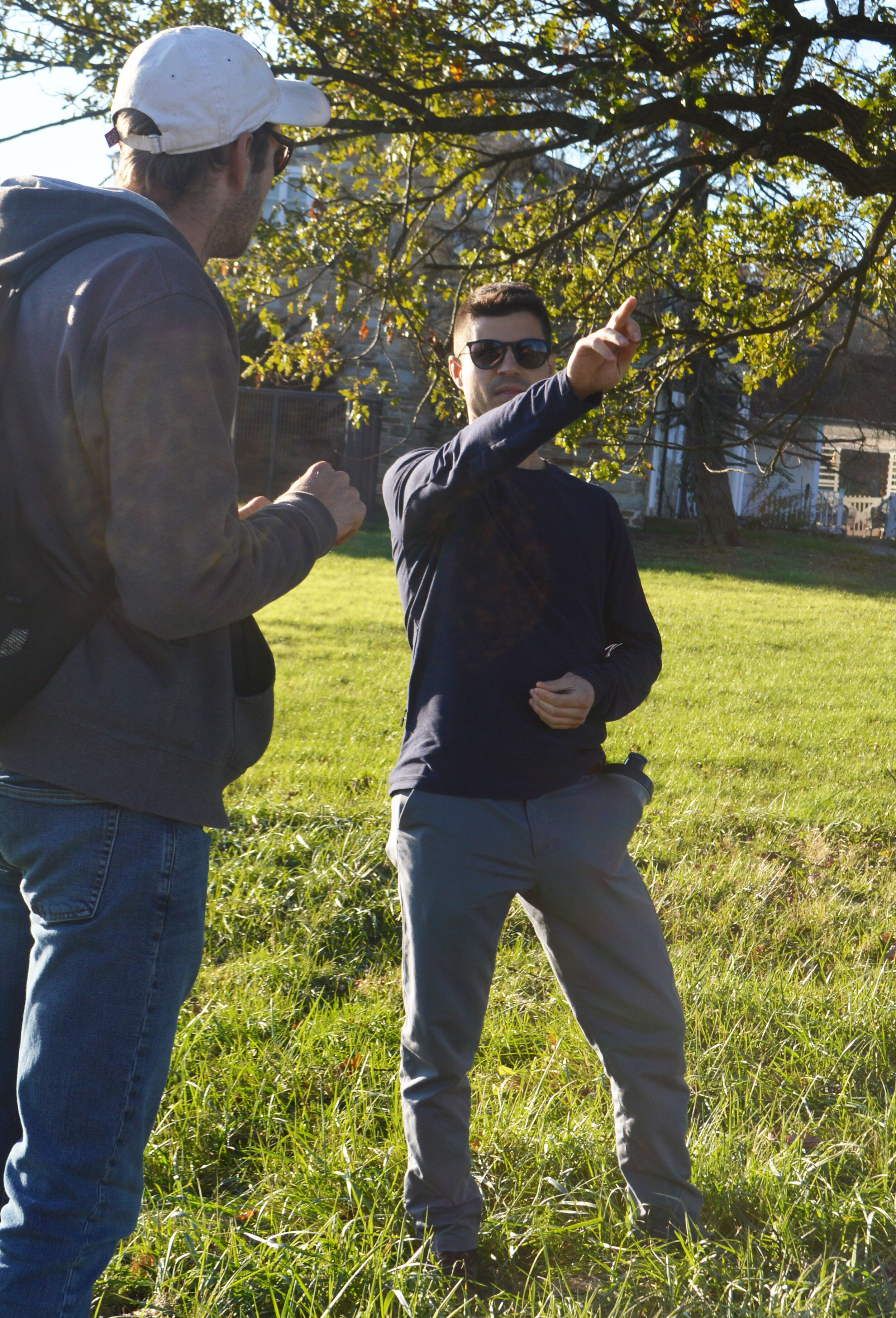Meet our Staff: TJ Sherman talks stewarding Oak Spring land
OSGF
The people who work at the Oak Spring Garden Foundation know that the land we have here is precious, from the tallest oak tree to the smallest blade of grass.
As Head of Project Management and Planning, it is TJ Sherman’s job to oversee the plan to manage and conserve all of it. TJ may have started out at Oak Spring as an intern taking inventory of furniture and trinkets in the main house, but he quickly moved to its fields and forests, where he now oversees multiple projects related to restoration and horticulture. Education and outreach is another important part of the job: TJ also assists with the short courses related to ecological land management offered by the foundation, including “Reading the Landscape,” a week-long field course taught by ecologist Michael Gaige that takes participants to study several forested areas in Northern Virginia and at Oak Spring.
We sat down with TJ to chat about long-term plans for the foundation’s land, current conservation projects, and the importance of sharing knowledge.
What brought you to Oak Spring?
TJ: I was mid-junior year in college, I was looking for an internship . . . I met Peter (Crane), and he said "I'd love to have you, I don't know what you're going to be doing, but come on board." Once I set foot on Oak Spring, I knew that this was an awesome place to work. For my first internship, I was inventorying the main house, taking pictures and putting value on furniture and trinkets and porcelain and anything that I found, and I had no idea what I was doing! So the next summer I finished my degree, came back as an intern, and asked Peter if we could do something a little more up my alley, because I’d finished my degree in environmental science and biology. The internship turned into a full time position, and my land management role kind of morphed from helping out with the landscape team to taking on some of these restoration projects that we're doing.
TJ chats with a participant during Oak Spring’s short course with Michael Gaige, “Reading the Landscape.”
How did you get interested in land management?
TJ: I paid for my college by doing landscaping. I started doing landscaping when I was about 12, 13, just around the neighborhood. By the time I was in high school, and even in college, in the summer, I was making pretty good money on it . . . And then I continued to do landscaping later on because I really enjoyed the plants and I enjoyed gardening, and watching the landscape evolve. I don't think I really appreciated that until I got to college and started studying it, and then I really got to put that passion into action here at Oak Spring, with such a beautiful blank slate to start with and the resources to do so.
What is Oak Spring's plan for landscape restoration and management?
TJ: There are multiple projects on both sides (of the property). Ultimately, the ten year plan, in a few short words, is to make Oak Spring a model ecological community. . . we have the capacity, the resources, the manpower, and the drive to do a lot of innovating, and to do a lot of things that others aren't in the conservation world because they lack one of those things, whether it be the resources, the money, or the manpower or even the time. I think it's also very relevant in today's world in that the climate is changing, and people are starting to understand that a little better, and people are asking "what do we do" about it . . . at Oak Spring, we're blessed in that people want to come here and when they do come here, they listen to what we say. We want to make sure we're empowering people that are coming here with proper knowledge and inspiration.
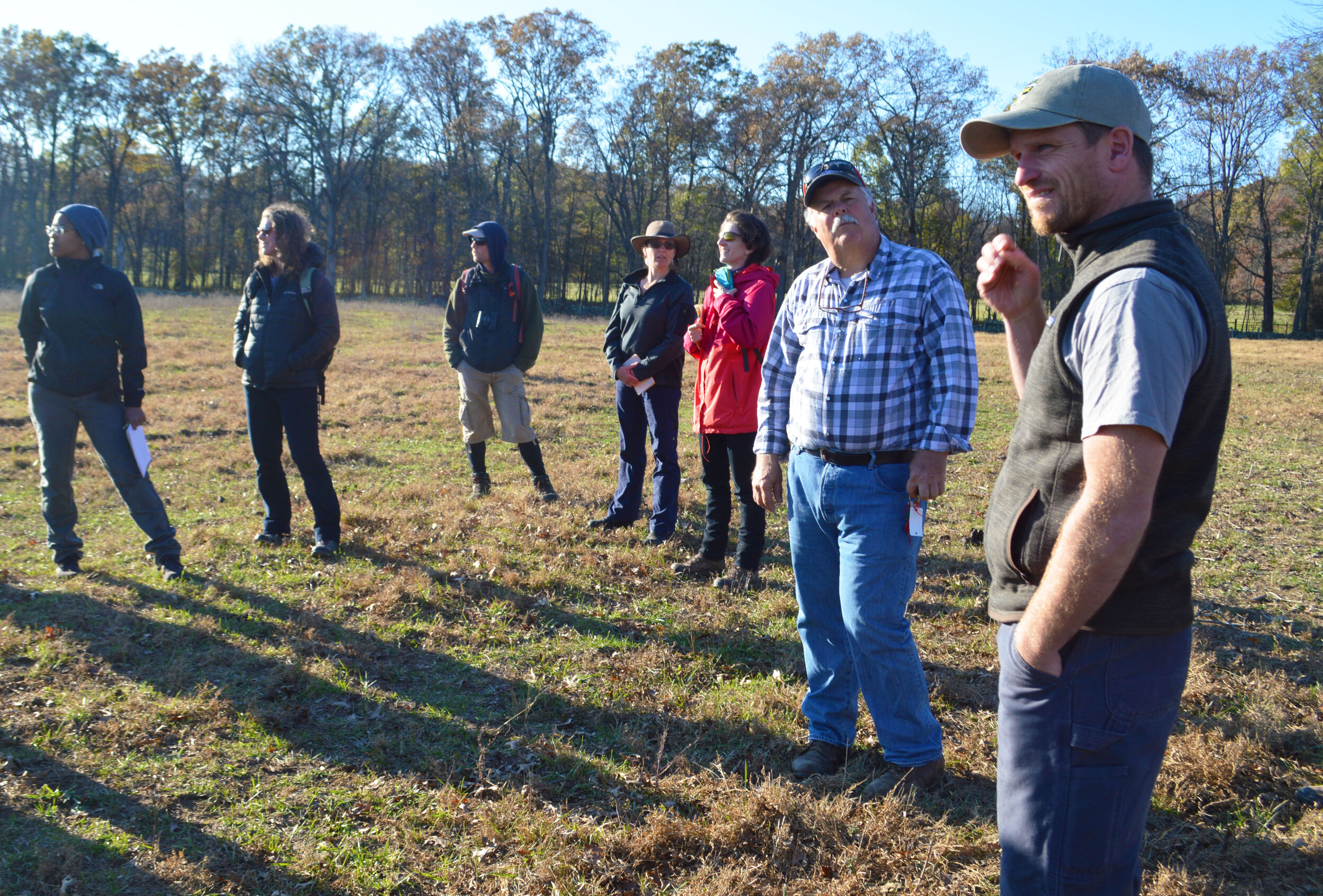
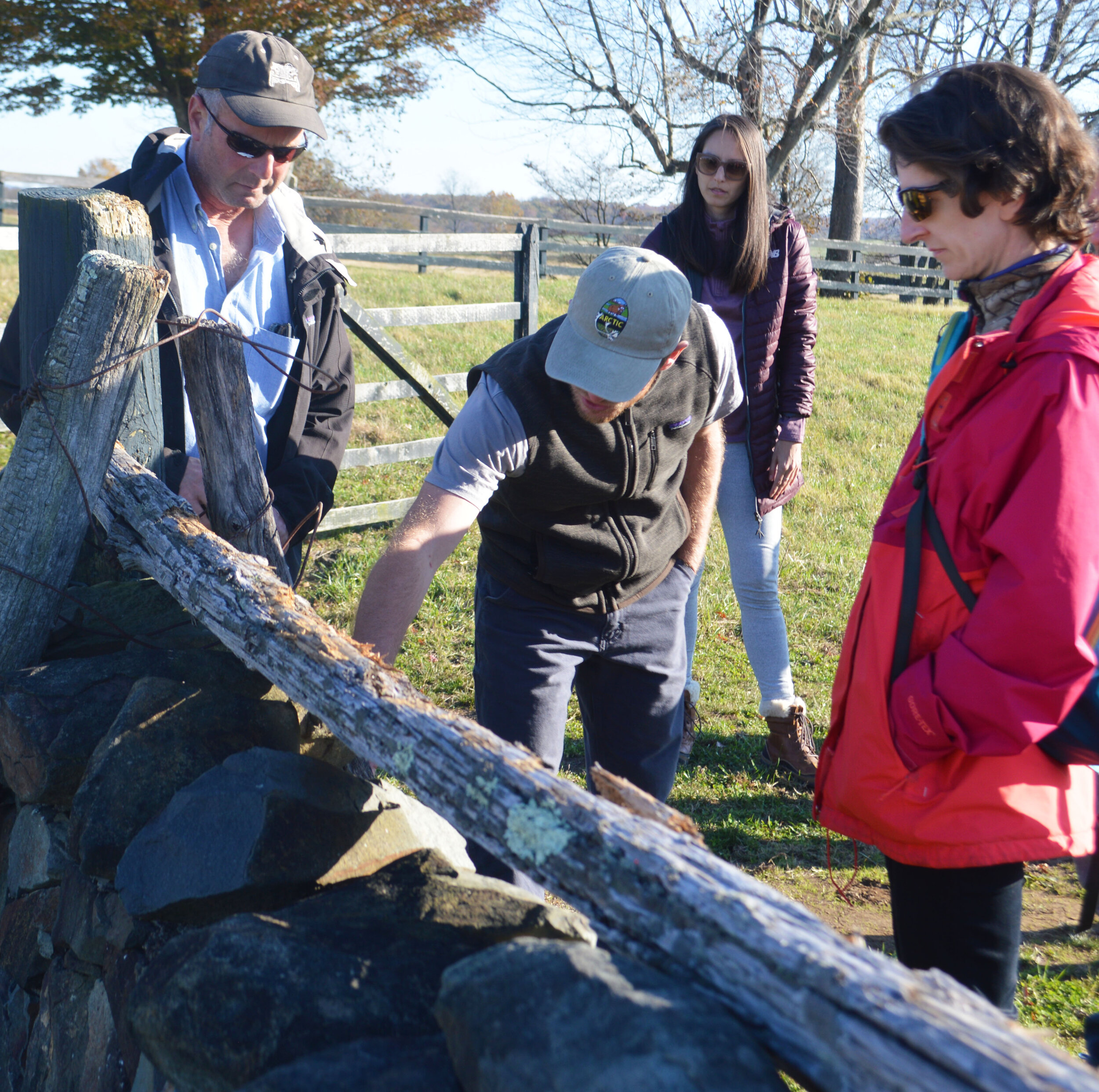
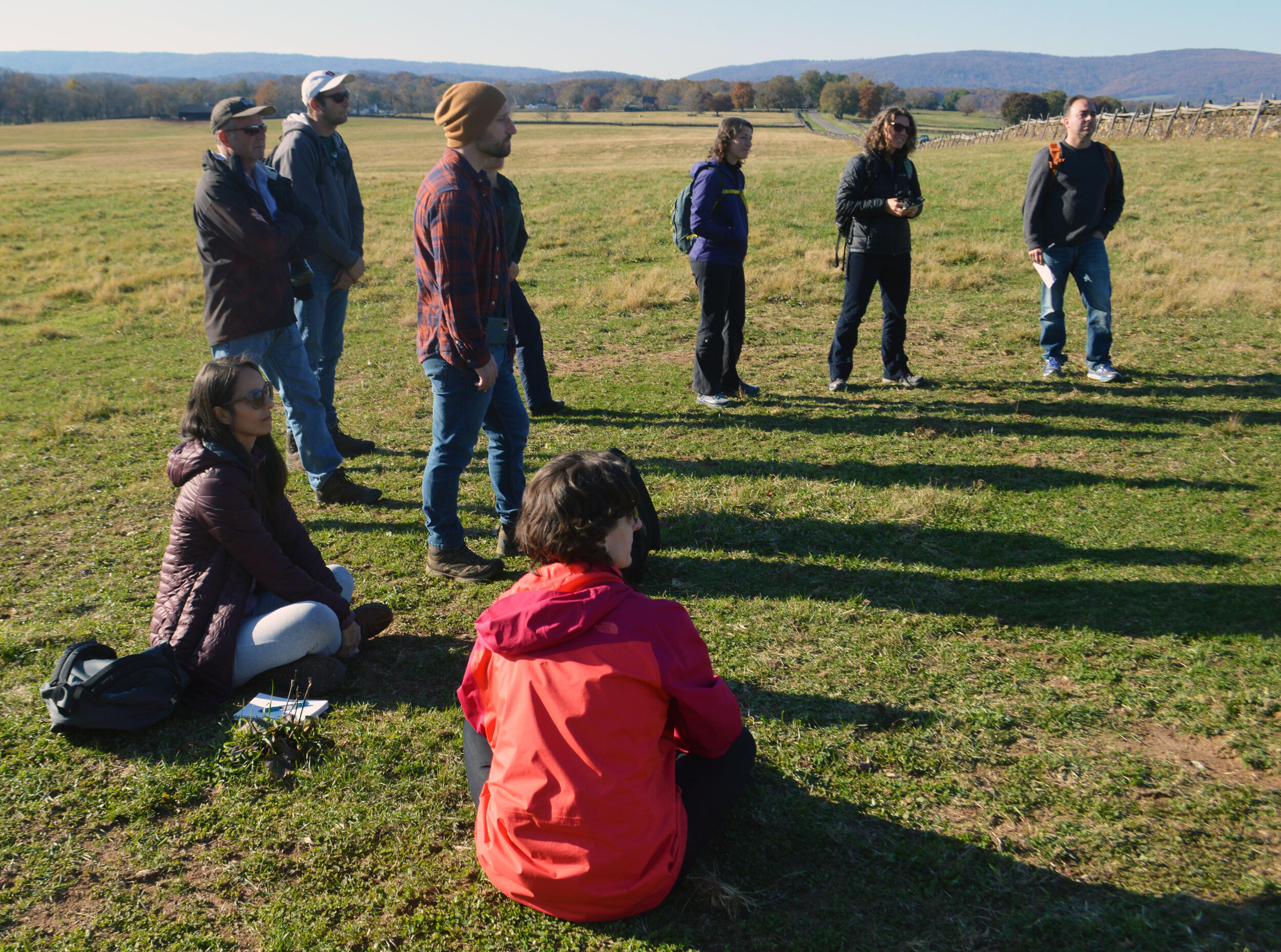
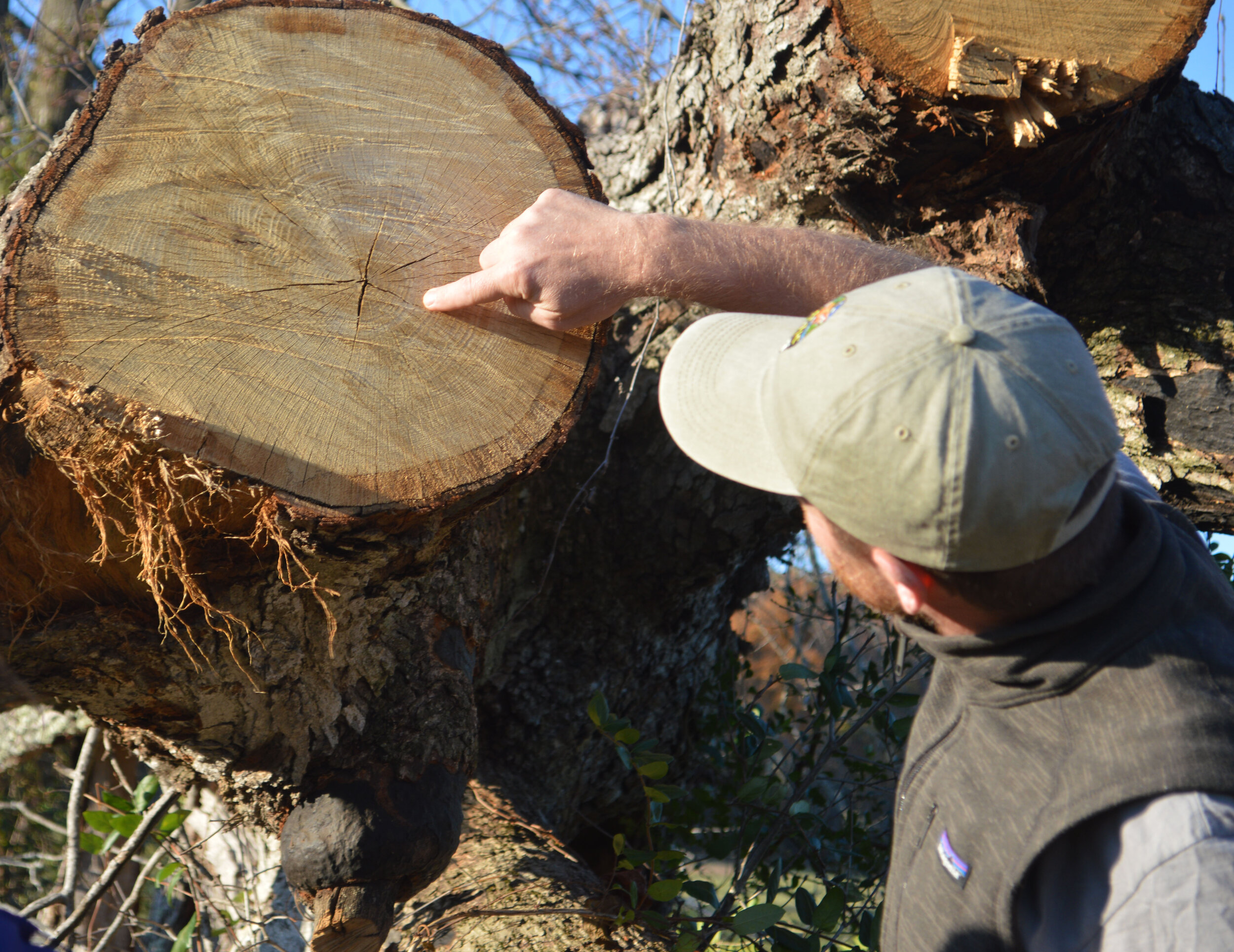
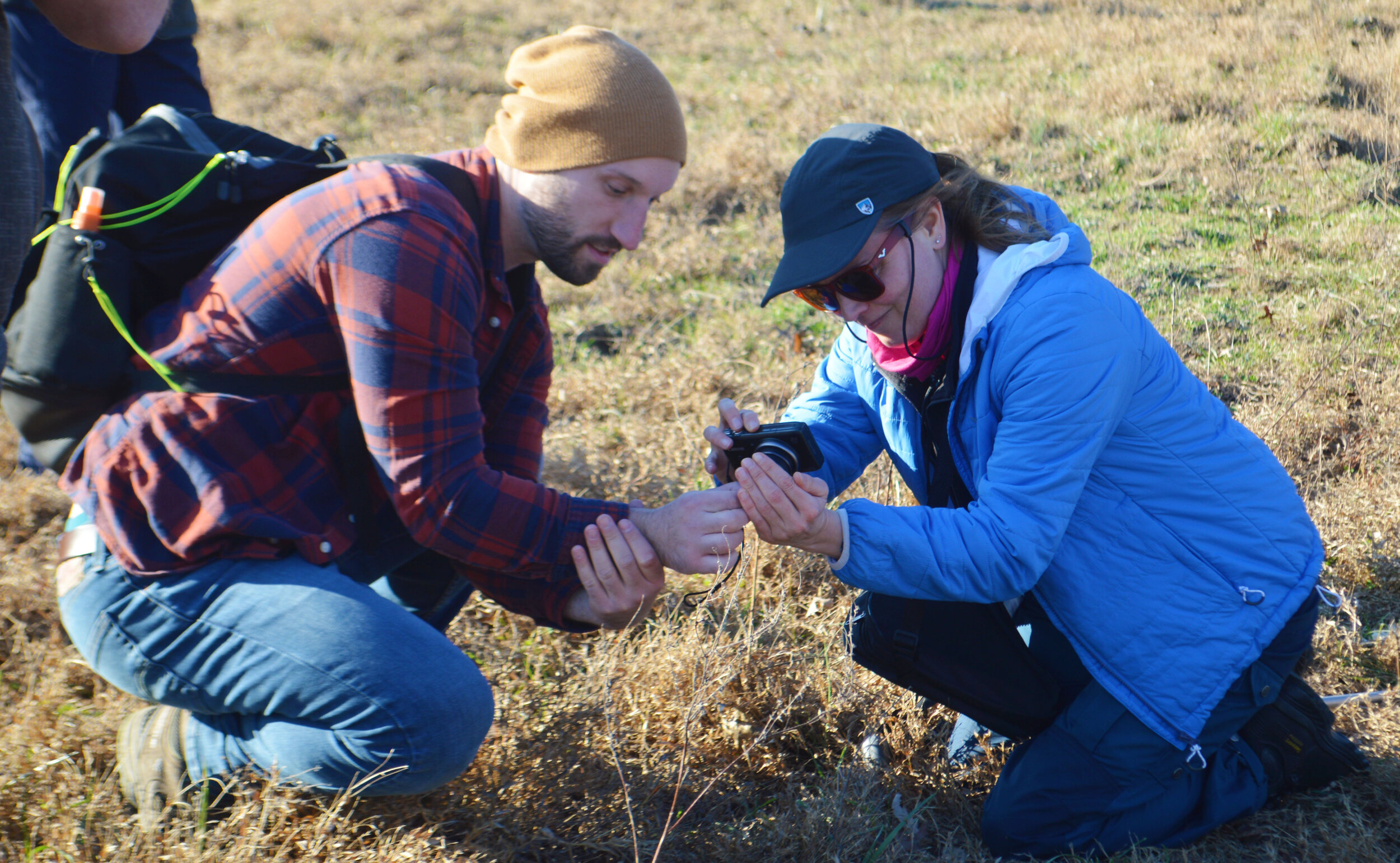
Speaking of knowledge, can you tell me a little about the Michael Gaige course going on this week?
TJ: I really think Michael has a unique ability to inspire people, to really drive them, and I'm really excited about this course, because we're bringing in people from all different backgrounds and hopefully they can leave with, even if it's one thing, inspiration for something that they can implement on their landscape . . . The premise of the short course is to understand how to read the landscape, with a focus on forests. So when you’re walking through the forest, most people see trees, leaves on the ground, a squirrel running by, but every aspect of a forest tells a story about what happened there in the past . . . you have to understand what a landscape was historically, and what it is now, to make educated decisions on what you're going to do in the future.
What are some of the projects the landscaping team are working on right now?
Restored wildflower meadow at Oak Spring
TJ: Right now, we're starting a native meadow experiment with the Clifton Institute, Virginia Working Landscapes, and the Smithsonian Conservation Biological Institute. We are doing soil sampling this week for it, where we're testing various installation and management methods of a native meadow. Basically, converting an abandoned horse pasture and turning it back into a native meadow . . . the ultimate goal of this project is to be able to say, “Here's how much it costs to do this project, and here's what you can expect to have in year two, or year three, for when people say, “I no longer want turf grass (on my property), I would rather have a native meadow.””
What are some challenges that you run into when implementing these projects?
TJ: Well, quite frankly, we've run into challenges with every project we're doing. I think the biggest challenge that we have continued to run into, and that we'll always run into, is that nature isn't perfect. No matter how bad you want to play God, nature won't allow you to be God - if a plant doesn't want to grow here, it's not going to grow here. So, you can't overpower Mother Nature, you have to work with her. And I think that's exciting, too. It's a challenge that continues to make you innovate and think.
Why, in your opinion, is the work you do here important?
Forest restoration at Oak Spring in its early stages last year.
TJ: We restore native meadow for the birds and the bees, and the butterflies, and are planting trees for all the other mammals. I think that's a surface level importance, and I think deeper down, there's more to conservation. . . I think it's important to explain to people that there are things you can do to reconnect with nature, but also to do your part in planting native plants, or put out a bird feeder in your apartment, these little small things. That, to me, is the most important part of my job, is that yes, everything we're doing is great here, and it's ecologically sound, but if we're the only ones doing it, we've just created a little island in the whole scheme of things.
*Michael Gaige completed two comprehensive surveys of the history, ecology and land management of the Oak Spring and Rokeby properties, which can be read on our ISSUU page.
Educational Opportunities at Oak Spring
Oak Spring offers several short, on-site courses a year. For those interested in studying landscape ecology, keep an eye on our website and social media pages for information and applications - we are thrilled to be bringing Michael Gaige back for another “Reading the Landscape” course next fall.
For those whose interests lie in art history, natural history, and archival research, we are excited to offer a project-based course centered around materials in the Oak Spring library next June. The course, Pioneers of Natural History Illustration: Exploring the Oak Spring Garden Library collection through the work of Maria Sibylla Merian and Mark Catesby, will instruct participants in techniques and approaches for working with historical natural history materials, and will also help them develop their own research projects using the OSGF collections. The deadline for the course is December 13th, and the flyer can be viewed here.
